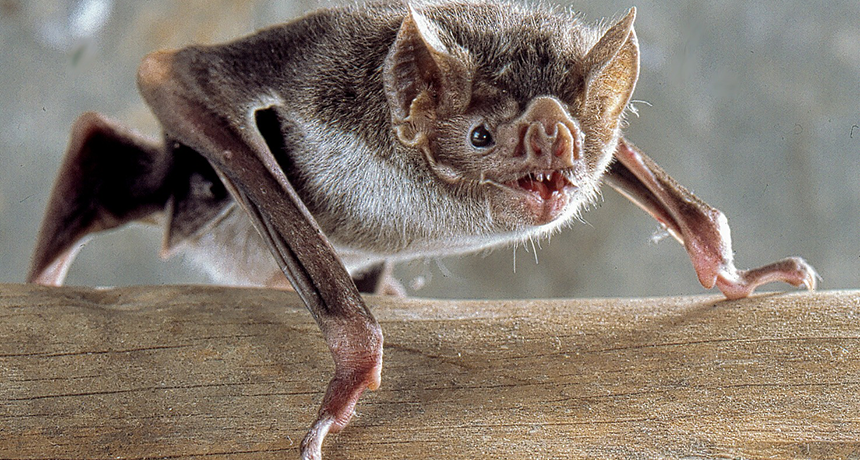Questions for ‘Sucking blood isn’t an easy life, even for vampires’

The common vampire bat doesn’t suck up blood; it licks it. Razor teeth nick flesh so the bat can lick up the gently welling blood.
Uwe Schmidt/Wikimedia Commons (CC BY-SA 4.0)

The common vampire bat doesn’t suck up blood; it licks it. Razor teeth nick flesh so the bat can lick up the gently welling blood.
Uwe Schmidt/Wikimedia Commons (CC BY-SA 4.0)